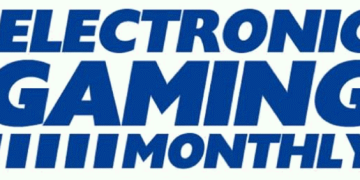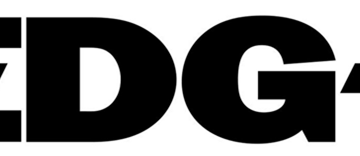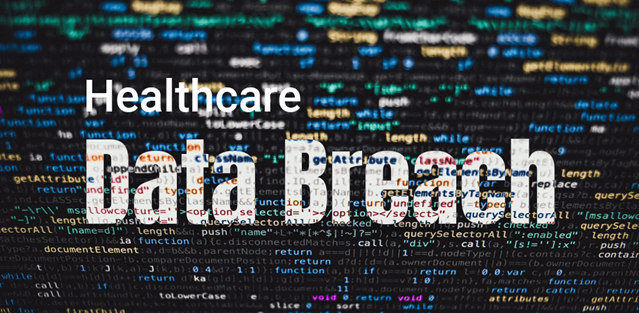In April 2024, UnitedHealthcare experienced a significant cyberattack that compromised the personally identifiable information (PII) and protected health information (PHI) of millions of individuals. This article provides an extensive analysis of the UnitedHealthcare data breach, comparing it with other recent major cyberattacks in the healthcare sector. We will delve into the details of the breach, its impact, and the steps taken to mitigate the damage. Furthermore, we will highlight key comparisons with other notable breaches to understand the broader implications for healthcare cybersecurity.
Details of the UnitedHealthcare Data Breach
The Attack and Initial Intrusion
On April 22, 2024, UnitedHealthcare confirmed that its subsidiary, Change Healthcare, had fallen victim to a ransomware attack. The breach began in February 2024 when threat actors gained access to the Change Healthcare network using compromised credentials to remotely access a Citrix portal. The lack of multifactor authentication on this portal allowed the attackers to move laterally within the system, eventually deploying ransomware on February 21, 2024.
Scope of the Breach
UnitedHealthcare reported that the attack potentially affected a substantial proportion of the U.S. population, given Change Healthcare’s extensive data processing operations. With around 4 terabytes of data exfiltrated, the compromised information includes PII and PHI, though full medical histories and doctors’ charts were reportedly not impacted.
Ransom and Recovery Efforts
To prevent the publication of the stolen data, UnitedHealthcare paid a $22 million ransom. Despite this payment, subsequent extortion attempts were made by other ransomware groups, complicating the recovery process. The company has since restored approximately 80% of Change Healthcare’s functionalities and provided significant financial support to affected healthcare providers.
Comparing with Other Notable Healthcare Data Breaches
Common Vulnerabilities and Attack Vectors
The UnitedHealthcare breach shares several commonalities with other recent healthcare data breaches, including:
- Use of compromised credentials to gain initial access
- Lack of multifactor authentication on critical access points
- Exploitation of known vulnerabilities in remote access systems
- Deployment of ransomware to encrypt sensitive data
Notable Recent Breaches
Anthem Inc. Data Breach
In 2015, Anthem Inc. suffered a data breach that exposed the PII of nearly 79 million individuals. The attack was attributed to advanced persistent threat (APT) actors who used sophisticated phishing techniques to gain access to Anthem’s systems.
Premera Blue Cross Data Breach
Also in 2015, Premera Blue Cross experienced a breach affecting 11 million individuals. The attackers exploited vulnerabilities in the organization’s IT systems, highlighting the critical need for regular security updates and patch management.
LabCorp and Quest Diagnostics Breaches
In 2019, both LabCorp and Quest Diagnostics reported breaches resulting from a compromise at their third-party billing provider, American Medical Collection Agency (AMCA). These incidents affected over 20 million patients combined, emphasizing the risks associated with third-party vendors.
Lessons Learned and Future Recommendations
Enhancing Cybersecurity Measures
The recurring themes in these breaches underscore the importance of robust cybersecurity practices. Key recommendations include:
- Implementing multifactor authentication on all remote access points
- Regularly updating and patching systems to fix known vulnerabilities
- Conducting frequent security audits and vulnerability assessments
- Enhancing employee training to recognize and respond to phishing attempts
- Strengthening incident response plans and conducting regular drills
Building Resilience in Healthcare Cybersecurity
Healthcare organizations must prioritize cybersecurity resilience by investing in advanced threat detection and response capabilities. Collaborating with cybersecurity experts and leveraging threat intelligence can significantly enhance an organization’s ability to prevent, detect, and respond to cyber threats.
Conclusion
The UnitedHealthcare data breach is a stark reminder of the critical importance of cybersecurity in the healthcare sector. By examining this breach alongside other recent cyberattacks, we can identify common vulnerabilities and implement effective measures to safeguard sensitive health information. Strengthening cybersecurity practices and fostering a culture of vigilance are essential steps in protecting the healthcare industry from future threats.



































































































